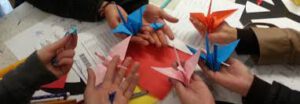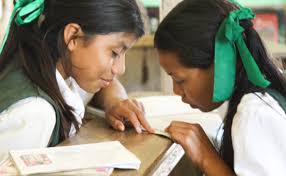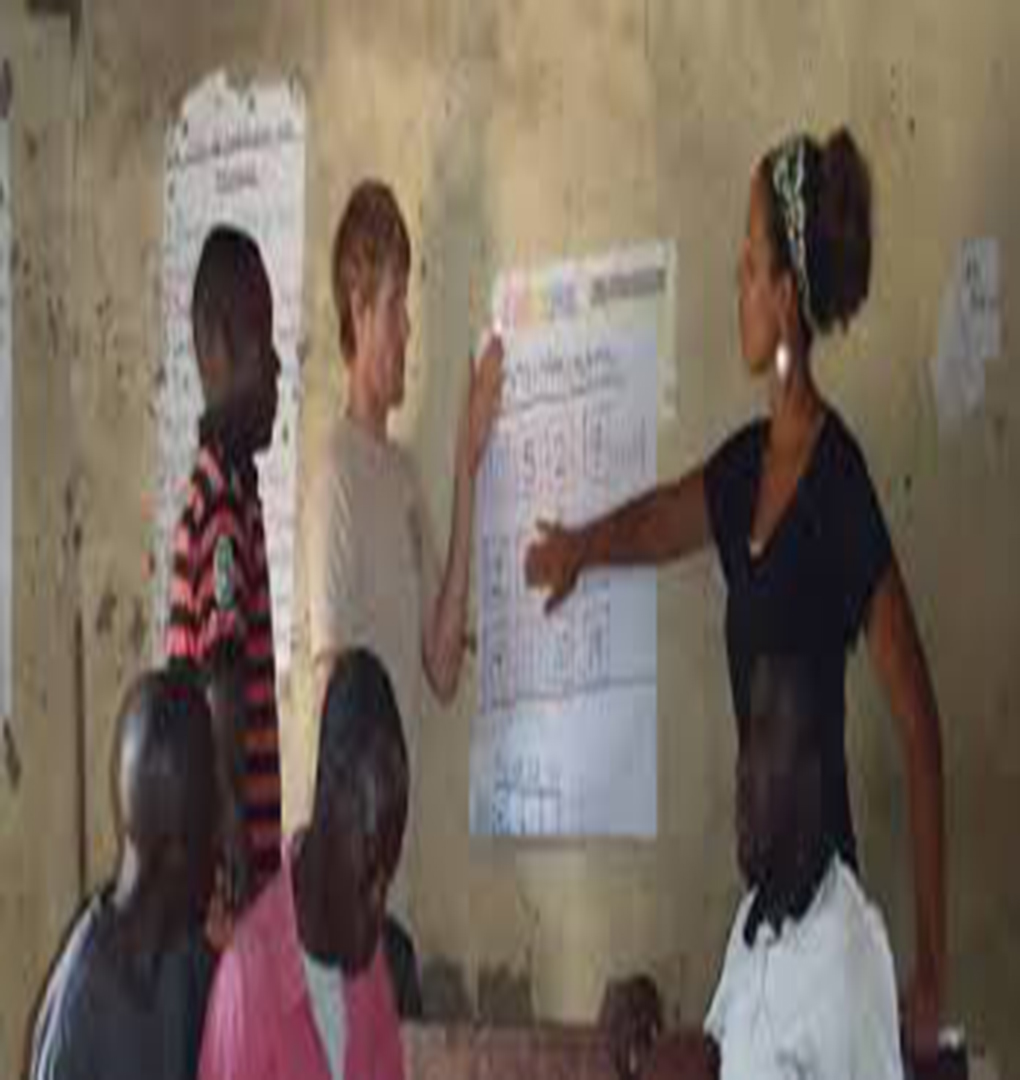Education towards Peace
If you gift a child a toy gun and see him wield it with fascination; if you let another watch a violent movie scene without regret; or, being witness to a real time incident you look the other way, it’s quite likely you are contributing to a doomed future….
But then, if peace is a value so desired and found essential, why doesn’t it come easily to us? That’s because the negative side of human nature is more dynamic than its positive side, making the not-so-good things of life eye-catching, the good things hardly noticeable. And with negativity all over the media, generations have been imbibing the wrong values by default.

Is there a decisive role here for formal educators? Some may say that moulding children’s behaviour is better left to their parents, but it is undeniable that few are equipped with skills for the task. Hence teaching institutions from kindergarten to university are looked upon as the standard bearers. Teachers have the know-how and the opportunity to perform; and, thanks to their close association with young minds, they are in a better position to influence and impart them with both hard and soft skills towards a well-rounded personality.
If all of our education were geared to no more than promoting peace the exercise would have been worth the while, for, alas, our planet is presently on a restless track. Not a day passes without news of domestic violence, fierce competition at the workplace, antagonism among neighbours, road rage, police brutality, cruelty to animals, bloodshed within communities and war readiness between countries. All good enough reasons to regard Peace as a value par excellence!
War is the opposite of peace; but peace is not merely an absence of war, or a passive condition synonymous with lassitude or complacency. Rather, it is a positive state, promoting cordiality, harmony, fulfillment, happiness. Peace thus becomes a catalyst of progress. It may well be considered the mother of values, for without it no other value can succeed; it helps in creatively solving problems, negotiating, resolving conflicts, building teams and favourably influencing others.

With peace comes a serene mind, pleasant attitudes among people, contented lifestyles and harmonious living. Peace cannot be learnt in a vacuum; it must be seen, felt, experienced in the midst of people. Peace cannot be a subject in the curriculum, to be tested at the end of a semester; it must be imbibed, picked up straight from the human environment and lived out until it becomes second nature, a state of mind!
Peace overtures are possible only when coming from within. Peace of mind – much sought after in our stressed world – happens after one has reflected on oneself and accepted one’s place in the universal scheme of things. Then one can pray with St Francis of Assisi: ‘Lord, make me an instrument of your peace.’
Peace costs no money but just some effort in the form of kindness, respect, tolerance and forgiveness towards the other. Especially because this easily spreads goodwill, it is indeed ironical that ‘Atoms for Peace’ should be a favourite theme with diplomats, throwing all peace movements to the winds…. Educators would do well to desist from prescribing the same for essays in schools and colleges!
(Editorial, Pernem College News & Views, December 2012)
